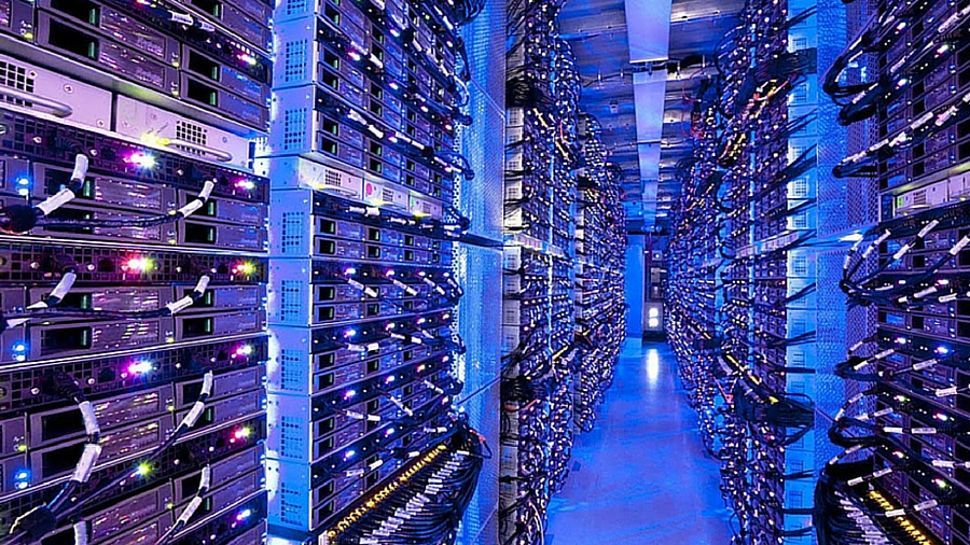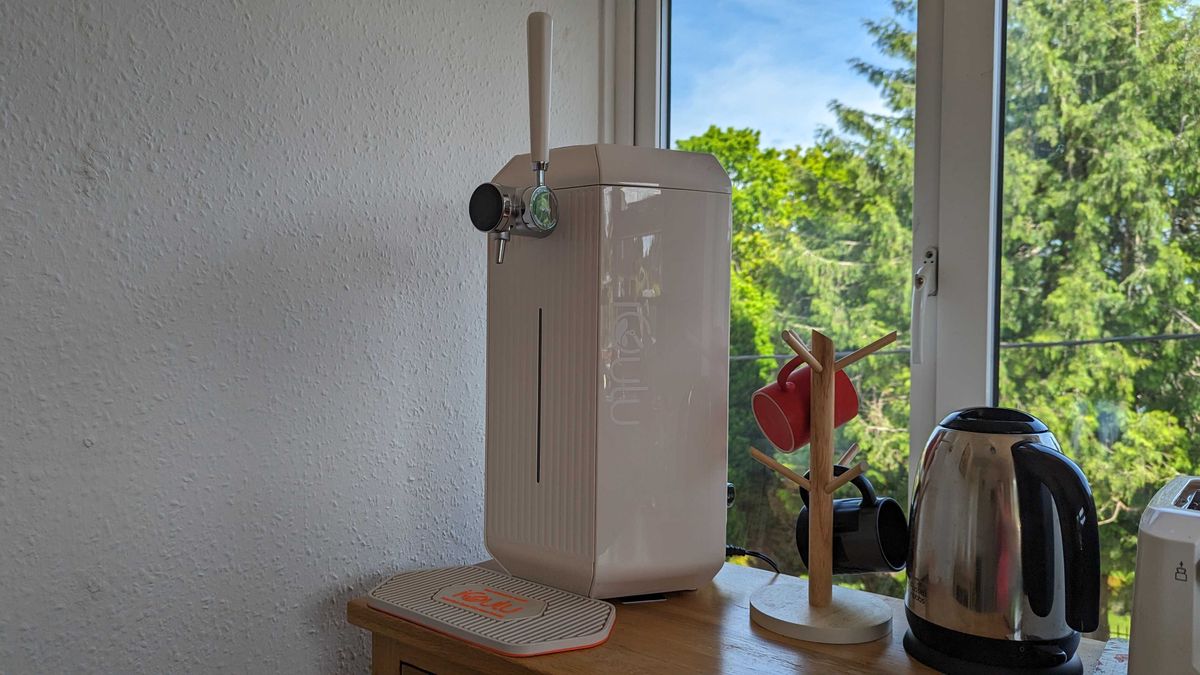It's probably no surprise that some tech giants are falling short on sustainability, with harmful mining practices, massive carbon footprints and massive energy consumption undermining green goals.
Now, new research from the Financial time It has also identified that water consumption practices among tech giants have reached unsustainable levels in some places.
In these centres, water is primarily used to cool high-performance hardware, using air mechanisms to dissipate heat, resulting in up to nine litres of water being evaporated for every kWh of energy used.
A valuable resource
The report notes that around two-thirds of the world's population experiences severe water scarcity at least one month a year, and that number is only set to increase. This equates to 2.7 billion people a year suffering from water stress and 2.2 million children dying from water-related diseases.
But that's not stopping tech companies, whose warehouses in Virginia's “data center alleys” will use at least 7 billion liters of water in 2023 alone.
In fact, Microsoft admitted that 42% of the water it consumes globally came from “water-stressed areas” by 2023, and Google similarly claimed that 15% of its freshwater withdrawals came from areas of “high water scarcity.”
The AI factor
The environmental impact of Artificial Intelligence has not yet been fully assessed, but the industry is caught between huge risks… greenhouse gas emissions and dangerous levels of water consumption. While water cooling has been shown to reduce emissions, it comes at the cost of one of our most valuable resources.
Servers running AI algorithms generate more heat than traditional computing systems and require 6 times more kilowatts per rack, with a rapid 5 to 50 kilowatt conversation. ChatGPT using approximately 500 ml of water only.
Amazon recently said it is “committed to being a good steward of water”, insisting data centres will be “water positive” by 2030, but environmental campaigners warn that AI will cause demand for computing infrastructure to “explode”.









